Empowering Nurses in Pain Care: How ASPMN Leads the Way
The American Society for Pain Management Nursing (ASPMN) empowers nurses to lead the way in compassionate, evidence-based pain care.
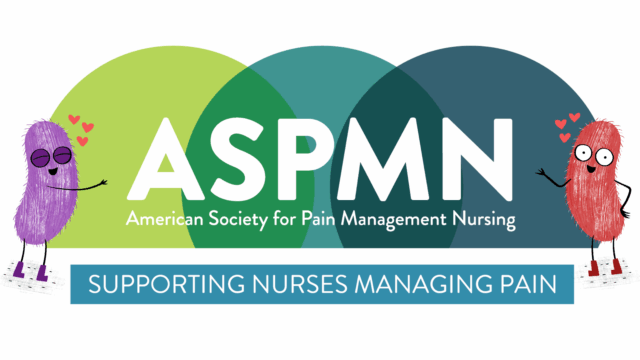
Teri Reyburn-Orne
Share this:
When it comes to changing how the world understands and treats pain, nurses have always been on the front lines. They’re often the first to listen, comfort, and act when someone is hurting—and they need real support in order to do that work well. That’s where the American Society for Pain Management Nursing (ASPMN) comes in.
Founded in 1990, ASPMN brings together nurses and healthcare professionals committed to improving pain care for people of all ages. In this conversation, Dr.Jody sat down with Ms. Teri Reyburn-Orne of ASPMN, to talk about how the organization came to be, how it’s shaping the field of pain management today, and why its partnership with the Meg Foundation is helping create a future where every patient receives compassionate, evidence-based care.
Q&A with Teri Reyburn-Orne, Immediate Past President of ASPMN:
Q: How and why did ASPMN come to exist?
The American Society for Pain Management Nursing—ASPMN—was founded back in 1990 to support nurses who care for patients in pain. Pain is actually the number one reason people seek medical care, and nurses are almost always the first point of contact. Whether you’re in a hospital or a clinic, when you call for help, it’s a nurse who comes in, listens to your concerns, and starts helping you manage your pain.
ASPMN was created to give those nurses support, and ones who have decided specialize in pain management. We even partnered with the American Nursing Credentialing Center to launch the very first pain management nursing certification. Today, there are over a thousand Certified Pain Management Nurses who are recognized for their expertise right at the bedside.
In the late ’90s, the Joint Commission, which accredits hospitals, really pushed pain management by introducing the idea of pain as the “fifth vital sign.” That made hospitals start paying more attention to pain assessment and treatment, and around that same time, pain research as a specialty really started to take off.
Pain is actually the number one reason people seek medical care, and nurses are almost always the first point of contact.
As a pediatric nurse practitioner, I always like to pause here and highlight pain in children. Back in the ’80s, there was this belief that babies didn’t really feel pain because their nervous systems were immature—and if they did, they wouldn’t remember it. We now know that’s completely false, but unfortunately, some of those ideas still creep into pediatric care.
Back in the ’80s, there was this belief that babies didn’t really feel pain because their nervous systems were immature—and if they did, they wouldn’t remember it. We now know that’s completely false.
Change started in 1986, when a mother shared her heartbreaking story about her baby undergoing open-heart surgery without anesthesia or any pain medication. The baby received paralyzing drugs only, dying as a result. That story was published in The Washington Post under the headline “Surgery Without Anesthesia: Do Preemies Feel Pain?” and it really got people’s attention.
That was a major turning point, and it’s part of why ASPMN is so committed to pain control for all patients, especially kids. We’re thrilled to be partnering with the Meg Foundation to raise awareness and improve pain care across all ages.d
Change started in 1986, when a mother shared her heartbreaking story about her baby undergoing open-heart surgery without anesthesia or any pain medication. The baby received paralyzing drugs only, dying as a result. That story was published in The Washington Post under the headline “Surgery Without Anesthesia: Do Preemies Feel Pain?” and it really got people’s attention.
Q: What do you want people to understand about ASPMN?
ASPMN is a really dynamic organization. We lead the way in evidence-based education about pain management—not just for nurses, but for all healthcare providers. And when we talk about pain management, it’s not just about medications. That’s a common misconception.
Evidence-based pain care takes a whole-person approach. It might include integrative therapies like massage, acupuncture, or yoga. It could mean mindfulness practices like meditation or tai chi, or psychological interventions like therapy and coping strategies. Of course, we also focus on medical treatments, including medications, nerve blocks, and physical therapy.
Pain is complicated, and ASPMN is here to help nurses—and all providers—deliver the best possible care. One physician I worked with at Children’s Hospital Colorado used to tell his colleagues, “If you really want to understand pain management, look to ASPMN.” That’s the reputation we strive for.
We’re also excited to be expanding into patient education through our partnership with the Meg Foundation. Together, we’re creating clear, easy-to-use resources so patients and families can understand their options and feel empowered.
If you really want to understand pain management, look to ASPMN.
Q: Why should a medical provider or patient get involved with ASPMN?
Honestly, my favorite answer is networking. Pain science is still relatively new—most of its growth has been since the ’90s—so it’s not uncommon to feel a little out of place when you’re talking about best practices in pain care. For example, some people still don’t believe that unmanaged vaccination pain can have long-term effects in children, even though research is clear and says otherwise.
Being part of ASPMN connects you with a community of people who “get it.” It’s a space to share challenges, swap ideas, and support one another.
On top of that, we publish position statements, clinical guidelines, and a peer-reviewed journal called Pain Management Nursing—members get a subscription included. And then there’s our annual conference, which is a highlight every year.
In 2025, we’ll be in Aurora, Colorado, from October 15th to 18th, right across the street from the University of Colorado Anschutz Medical Campus and Children’s Hospital Colorado, where I recently retired from. The pre-conference sessions are packed with great topics like spinal care, safe and compliant pain management, pediatric pain, and provider self-care.
The main conference will feature a keynote on bioethics by Dr. Daniel Goldberg and sessions on pain management for conditions like Ehlers-Danlos, fibromyalgia, sickle cell, long COVID, and IBS. It’s going to be both educational and energizing, and I hope to see many healthcare professionals there.
Q: What is your long-term vision for ASPMN?
I’d love for ASPMN to be the go-to resource for anyone caring for patients in pain, because pain management is absolutely a team sport. No single provider can do it alone—it takes collaboration. I like to call this the “hive brain”, of course the patient is an integral part of this team.
I’d like to see our special interest groups expand so members can dive deep into knowledge specific to their practice areas. Increasing awareness of ASPMN among nurses is another big goal. We’re already working with groups like the American Society of PeriAnesthesia Nurses and the Hospice & Palliative Nurses Association to raise our visibility.
At the end of the day, almost every healthcare provider—especially nurses—interacts with patients who are in pain or have opportunities to prevent pain. Since pain is the most common reason people seek medical care, ASPMN has an enormous opportunity to make a difference. My vision is to build a strong, engaged membership that drives evidence-based, compassionate care everywhere patients are treated.
You May Also Be Interested In
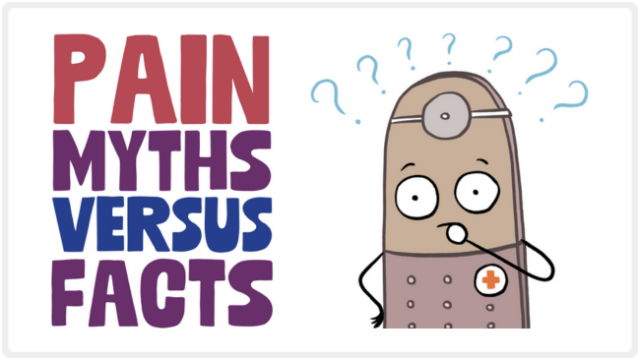
Blog Post
Pain Myths And Facts: How Bad Information Hurts Us All (Literally…)
Knowing the facts instead of the misconceptions can open up opportunities to avoid a whole lot of unnecessary suffering, for you, for your family (and for your patients if you are one of those amazing healthcare providers we love!).

Blog Post
Getting to know ChildKind International: Intro to the International Certification Organization for Pediatric Pain
Julia Johnston, a Knowledge Management Specialist at ChildKind International, is your guide to understanding ChildKind's institutional certification process and crafting valuable resources.
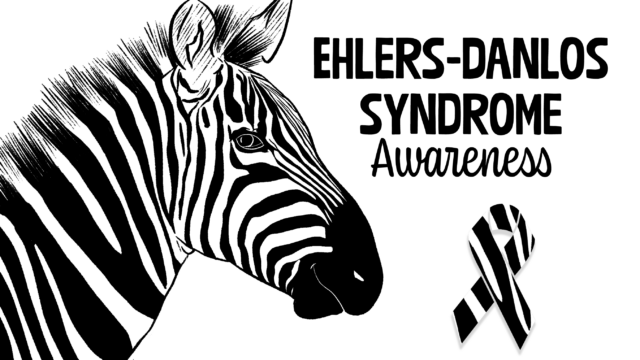
Blog Post
A Pain Psychologist’s Perspective: Living with Ehlers–Danlos
A unique perspective on what it's like to live with Ehlers Danlos Syndrome
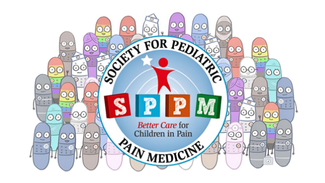
Blog Post
Why the World Needs the Society for Pediatric Pain Medicine
An interview with Dr. Rita Agarwal, Clinical Professor of Anesthesiology at Stanford and founding member of SPPM
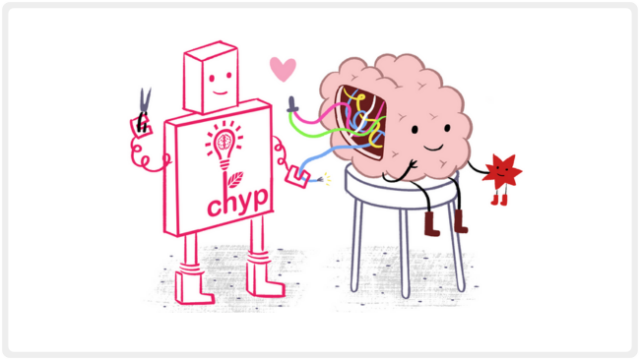
Blog Post
Getting to know CHYP and their innovative approach to chronic pain
CHYP is an online nonprofit for youth ages 13-24 that was built on the understanding that creative techniques – be it writing, yoga, art, acupuncture or other immersive experiences – can help rewire the nervous system’s pain routes.

About the Author
Ms. Teri Reyburn-Orne, MSN, APRN, CPNP-AC/PC, PMGT-BC, AP-PMN Ms. Reyburn-Orne is the Immediate Past President of the American Society for Pain Management Nursing (ASPMN) and has lectured nationally and internationally on pain management. She co-authored the ASPMN position statement, “Registered Nurse Management and Monitoring of Analgesia by Catheter Technique,” and was the lead author of the chapter entitled “Advanced Practice Pain Management Nursing” in The Core Curriculum for Pain Management Nursing (4th Ed.). She is ANCC board-certified in Pain Management Nursing and has been recognized by ASPMN as an Advanced Practice Pain Management Nurse.
